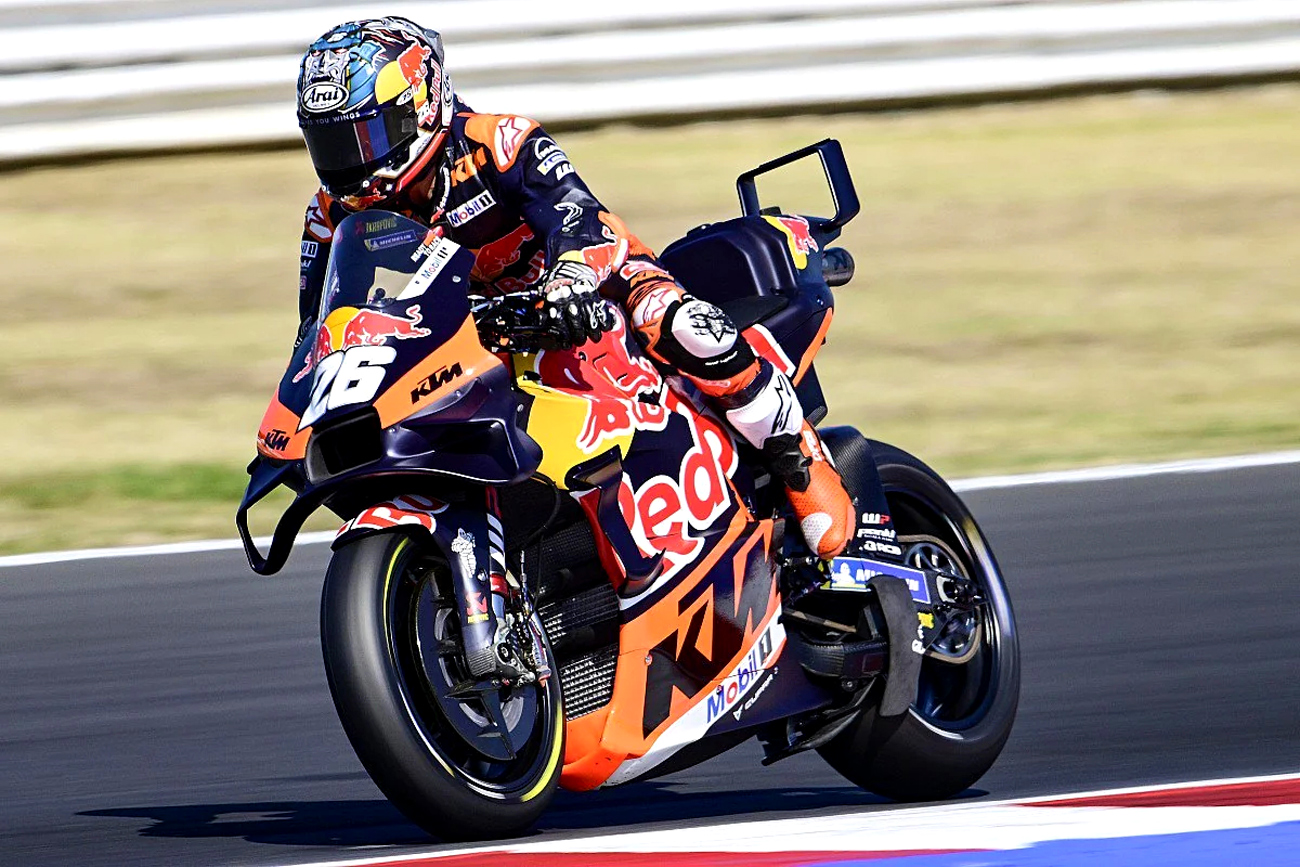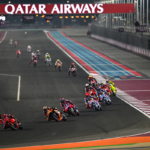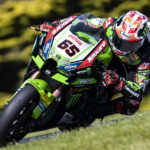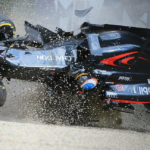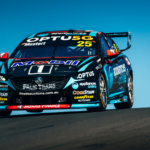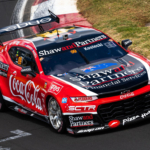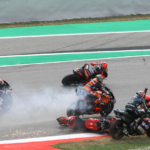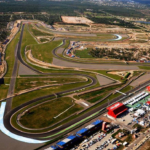KTM caused a stir on Friday at the MotoGP San Marino Grand Prix as test rider Dani Pedrosa took to the circuit on a new carbon fibre chassis.
Carbon fibre chassis are not a new concept in MotoGP, but a full frame made of the material has not been used since Ducati did so with its 2009, 2010 and 2011 bike.
Though it was a race winner with Casey Stoner, Ducati struggled to retain its title-winning form from 2007 when it ran a steel trellis chassis, and abandoned the carbon concept for 2012 when it switched to a conventional aluminium design.
Aluminium chassis were standard across the grid until KTM made its debut in 2017, bringing with it the return of the steel trellis chassis – a concept basically a part of the Austrian brand’s DNA.
KTM regularly batted away suggestions that it would find competitiveness in MotoGP by joining its rivals in a switch to an aluminium frame, but steadfastly stuck to its guns.
Since 2020, KTM won at least one race and has been rewarded with its determination.
On Friday at Misano, however, KTM hinted at its next development step as 31-time MotoGP race winner Pedrosa completed both practice sessions – finishing third overall – on a carbon fibre frame.
Aprilia has recently tested its own carbon fibre chassis, while numerous manufacturers have used carbon inserts on their aluminium frames over the past few seasons.
But KTM is clearly at an advanced stage with its concept, which Pedrosa claimed has only been tested for a short time before its grand prix debut this weekend.
When asked about the chassis, Pedrosa – as all of KTM has – remained guarded: “We are using a different chassis. We are still testing and getting the different information.
“I cannot give you details on it, but for sure, the feeling is different.
“We are testing and we will recap all the info we can this weekend after being in the sessions with the riders and get more data for the future.”
As with any chassis, KTM’s carbon fibre example is about trying to improve turning and grip – drive grip something of an Achilles heel for KTM riders in recent years.
The Austrian GP weekend was a perfect display of this. While the RC16 is able to run with the Ducati in terms of raw horsepower, Brad Binder couldn’t match the GP23 on the initial drive out of the corners.
Bagnaia won the sprint by over two seconds and the grand prix by over five at the Red Bull Ring.
In terms of pure performance, quantifying how much of a gain KTM’s new chassis is right now is almost impossible. But, at the very least, 0.155s split Pedrosa in third on Friday at Misano and Binder in ninth.
So much development in MotoGP has gone on aerodynamics and ride height devices, but it seems chassis is the next battleground – not least if aero and RHD’s are cut back in the regulations in the coming seasons.
The next step for KTM with this chassis will be known after Monday’s test at Jerez, where Jack Miller and Binder will likely get their hands on it.
What this frame represents, however, is just how unwilling to stand still European manufacturers are.
This has been the case for a few years now, as Ducati, KTM and Aprilia have all moved to the front of the field while Japanese rivals Honda and Yamaha flounder at the back, struggling to ditch its old mentalities to the detriment of their projects.
KTM’s tried-and-tested steel frame concept has served it well in myriad disciplines over the years and brought it success in MotoGP. But, as it looks to make that last step to becoming title contenders, it is not afraid to look outside the box.
Pedrosa has experience of both the Japanese working method and the European, but said: “I can only speak for KTM and they are trying their best, as you can see. I think they are open to new technologies and new ways, and the team is working very well.”
Come pre-season next year, don’t be surprised to see carbon fibre frames in the garages of every manufacturer.
